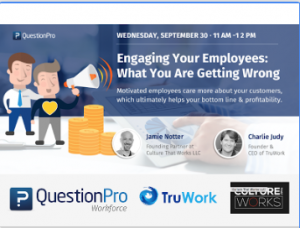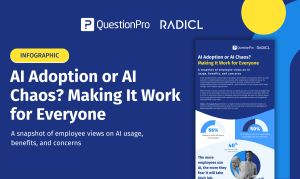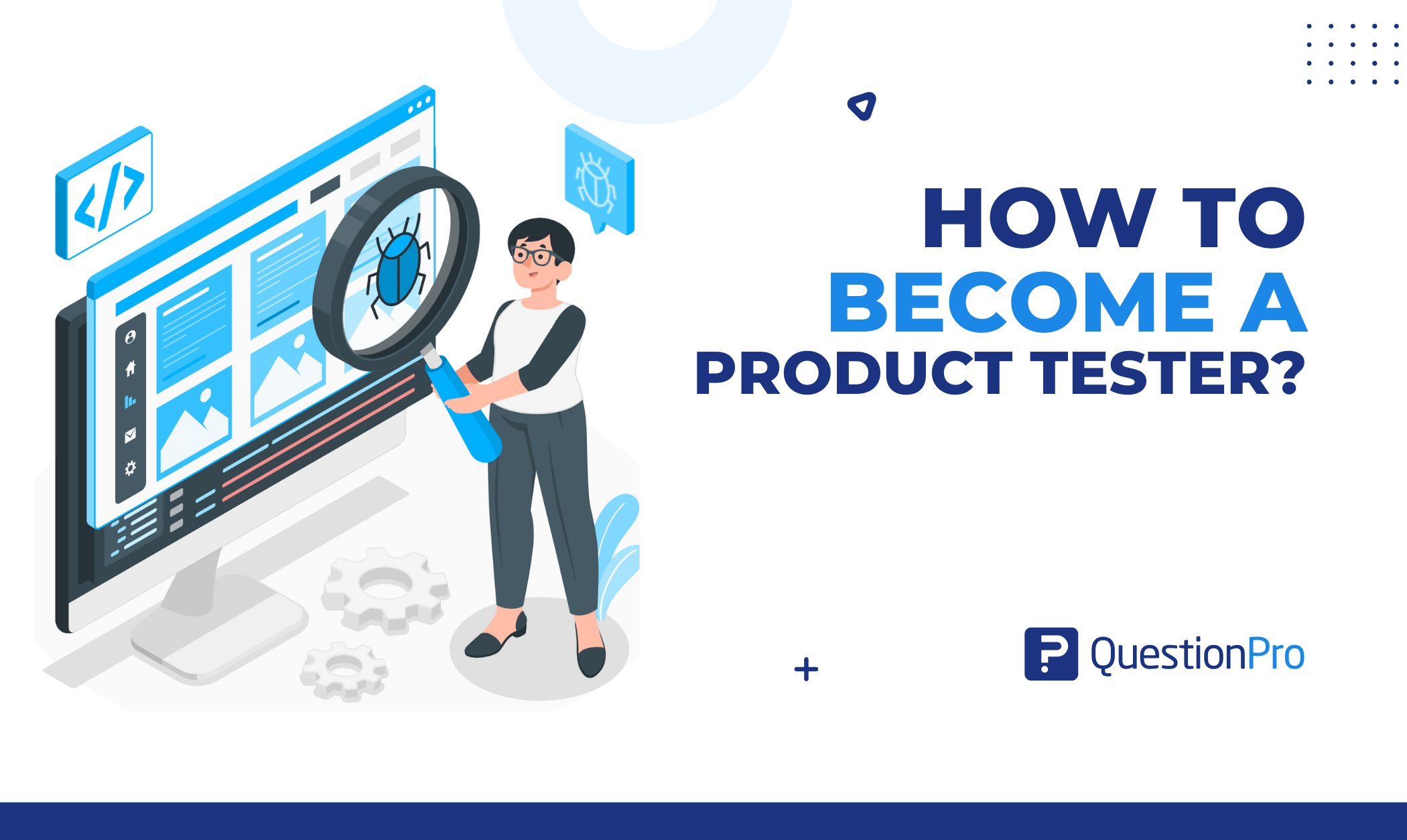As some of you know, we had a webinar this Wednesday on employee engagement, courtesy of the amazing Charlie Judy of Truwork and Jamie Notter of Culture That Works LLC. Together they brought over forty years (!!!) of collective experience in employee engagement and organizational study to the discussion. If you missed it, you can check out the recording here. Our slides are found here.
Overview
Employee engagement was first coined by William A Kahn in 1990, as corporations began to focus on their employees and office culture.Gallup created the first template for employee engagement surveys with the Gallup-12, a twelve question-long survey that asks now-standard questions such as: (1) do I know what is expected of me at work, (2) do I have the materials and equipments I need to do my work right, and (3) is there someone at work who encourages my development?
Since then, the employee engagement theory and practice have grown and matured, with varying successes. Although hailed by some, most corporations and employees feel fatigued and disillusioned. After endless surveys and initiatives, less than a third of American employees are fully engaged in their work (2015, Gallup).
Where did we go wrong? What’s the problem?
The problem with traditional employee engagement is that managers often tunnel vision on the individual and forget that the individual employee is affected by the team environment. Employee engagement is a reflection of corporate culture. To enhance employee engagement, not only do you have to identify the biggest problems (who is least engaged) it’s important to understand why the whole team/office is disengaged. What parts of your culture are bring you value? What parts of your culture are hindering your performance?
Of course, this begs the question, what is your culture? Do you know what your corporation stands for? In other words, you can’t solve an illness if you only treat the symptoms.
Q. Why can’t I just use a standard survey product (Core QuestionPro, Surveymonkey, Google Forms, etc) for employee engagement questionnaires? Why use a specialized product like Workforce?
A. The problem with a standard survey product is that it doesn’t map the data for analysis. Example: Manager X for Company Y runs a survey about employee compensation (e.g do you feel you’re getting paid enough?). The survey is completed. Great. Now Manager X has an a relative sense of how Company Y as a whole feels about their salaries. But say Manager X wants to know exactly which team is most or least satisfied with their pay. The core product does not allow for this while Workforce does. Workforce organizes the data so it is very easy for the admin to filter results by team/department/region/you name it.
Q. How do you build a culture of trust and high morale in a company with a high turn-over rate?
A. Transparency. Admit you have a problem with retaining employees. Ignoring it, making it the elephant in the room, simply exacerbates the problem. The first step to trust is to be transparent. That being said, recognize this process is more of a marathon than a sprint. Also, never let your employee engagement stop at questionnaires and surveys. Surveys are the first step. The second step, and arguably the most important one, is having old-fashioned sit-downs to discuss and debate the results of the surveys. Make this a group effort, not a top-down dictate.
LEARN ABOUT: Employee Trust
Q. How often should I send employee engagement surveys?
A. Unfortunately, there is no right answer to this. It depends heavily on your culture. Do you have a decently engaged workforce already? Then it’s likely they’ll be willing to participate in weekly pulse polls. But if you have a workforce that is traditionally unengaged (high turnover rate, too corporate, insert your problem here), be sensitive. Employees may react poorly initially to what they percieve as mere face-value gestures. Start with monthly surveys and work from there.
Want to “diagnose” your culture and engage your employees? Ping us @ [email protected].








